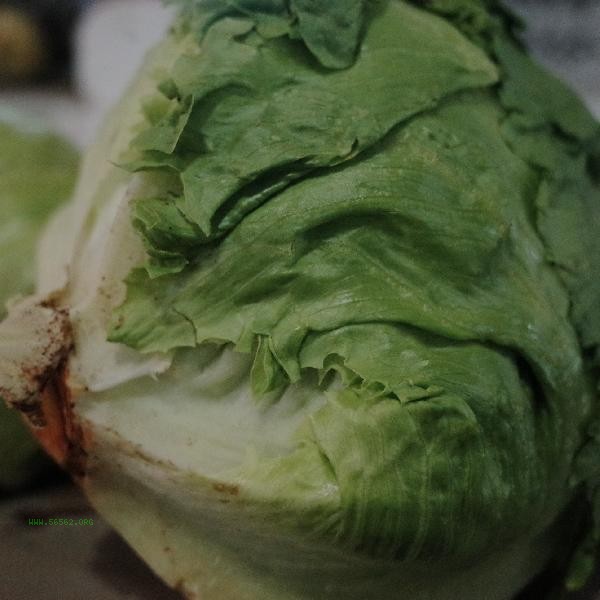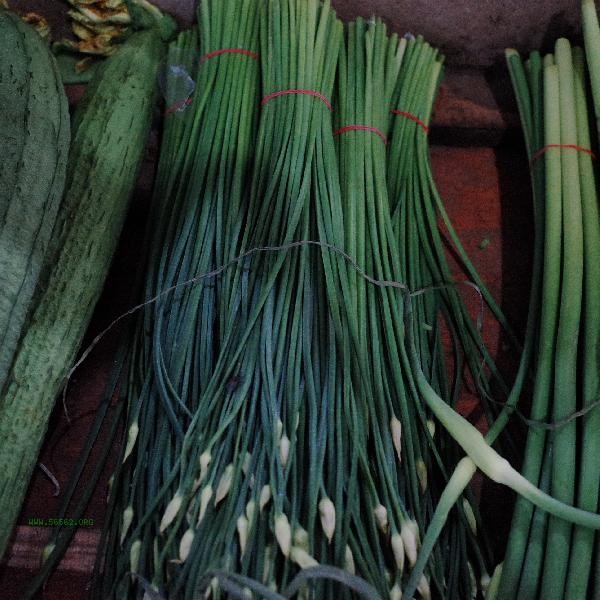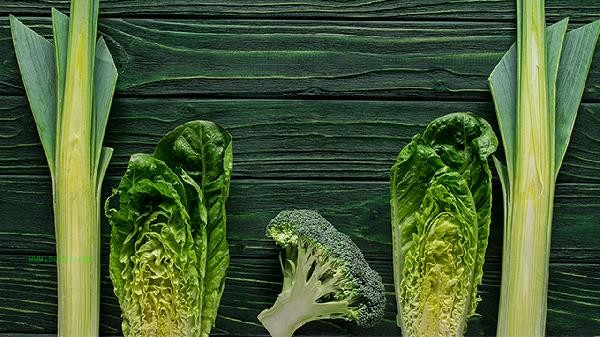After stewing vegetables, some water-soluble nutrients will be lost, but fat soluble nutrients are relatively stable. Cooking methods, time, temperature, and other factors can affect the degree of nutrient retention. Water soluble vitamins such as vitamin C and B vitamins are easily dissolved in soup during long-term high-temperature stewing. Folic acid in green leafy vegetables and glucosinolates in cruciferous vegetables can also be lost with water. Short term blanching or steaming can reduce such losses. It is recommended to wash before cutting, control the stewing time within 10 minutes, and consume the soup together to recover some nutrients.

Fat soluble nutrients such as carotenoids and vitamin K have good heat resistance and a high retention rate after stewing. The lycopene in tomatoes and carotenoids in pumpkins are more easily absorbed by the human body when heated appropriately. Root vegetables have less loss of dietary fiber and minerals, while starchy vegetables such as potatoes and yams are easier to digest after being stewed and gelatinized.

Choosing different cooking methods can maximize the retention of nutrients: stir frying over high heat is suitable for vegetables rich in vitamin C such as green peppers, blanching is suitable for vegetables that require softening fiber such as broccoli, and stewing over water can reduce direct contact between ingredients and water. Cooking with a small amount of oil helps to absorb fat soluble nutrients, while an acidic environment can protect some vitamins. Special groups such as diabetes patients need to pay attention to the changes in the glycemic index of rhizome vegetables.









Comments (0)
Leave a Comment
No comments yet
Be the first to share your thoughts!